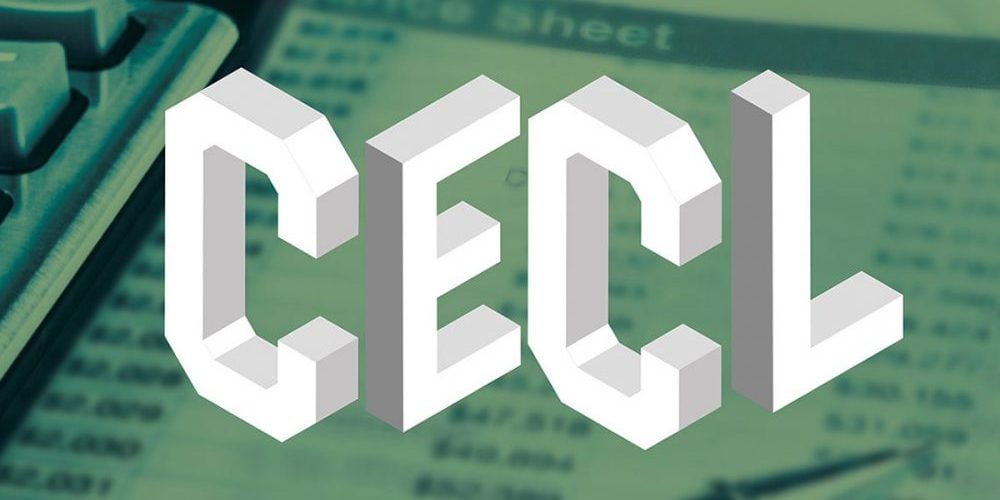Back testing your credit union’s Current Expected Credit Loss (CECL) estimate

At the start of 2023, credit unions with calendar year end financial statements were required to adopt the Current Expected Credit Loss (CECL) methodology to quantify life of loan charge offs. As credit unions get closer to the first audits of this strategy, it’s important that they understand the value of CECL back-testing and validation.
Back testing is a term used in modeling referring to the general method for seeing how well a model would have done in retrospect. For CECL, this means looking at your previous CECL calculations and comparing the amount projected with the amount of loans actually charged off. Spoiler alert: the amount held in reserve based on CECL and the amount of loans charged off very rarely match – and that’s okay. In this article, we’re going to review CECL back testing, why it’s important and what credit unions can learn from it.
CECL Back Testing: It’s okay to be Wrong
With CECL, accurately projecting future losses is ideal, but you’ll find that reasonable and supportable CECL estimates will often be wrong. So what’s the point?
First, you have to understand the reason CECL is often wrong. Say you’re flipping a coin: heads you get $5, tails you lose $5. If we apply CECL to this, the calculation would be the odds – in this case, 50% because we’re flipping a coin once and so there are 2 possible outcomes – multiplied by the amount we stand to lose, which is $5. The CECL reserve in this instance would be $2.50. That is a totally reasonable number based on the scenario – but it will be incorrect no matter the outcome, because the options are gaining $5 or losing $5.
continue reading »




